Are Smart Solar Lights the Future? Traditional vs. Smart Showdown
Welcome to 2025, where your home thinks for you—thermostats adjust to your mood, fridges reorder groceries, and outdoor lights dance to your app’s tune. The global smart home market is racing toward $150 billion, growing at a 12% CAGR (Statista). Solar lights, once humble stakes soaking up sunlight, now boast AI sensors, app controls, and Alexa integration, turning your backyard into a high-tech oasis. But with electricity bills climbing 40% since 2020 (EIA data) and traditional wired lamps a hassle to install, are smart solar lights worth the upgrade? They promise convenience and eco-charm, but do they deliver over traditional solar? Let’s dive into their differences, efficiency, reliability, and ideal users to see if they’re the future of outdoor lighting.
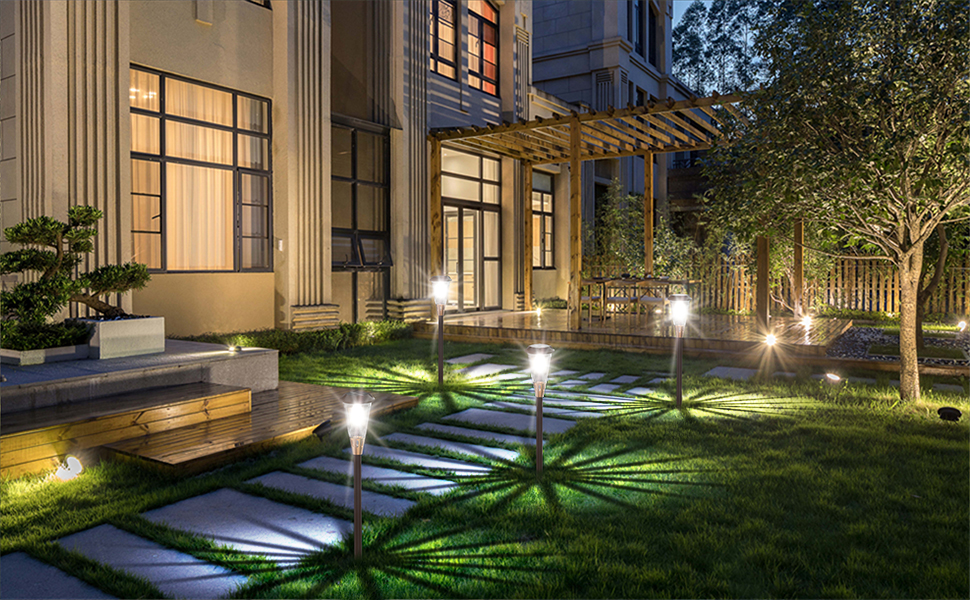
What Makes Smart Solar Lights Shine Brighter?
Imagine you’re on vacation, sipping coffee in Paris, and with one phone tap, your backyard glows to deter nosy neighbors. That’s the power of smart solar lights—traditional ones can’t compete. Unlike basic solar lights with manual switches or dusk-to-dawn sensors, smart models like Bitpott’s SmartGlow offer a suite of features that feel like having a personal lighting butler:
- App-Driven Control: Tweak brightness, set schedules, or sync with smart home hubs via iOS or Android apps, unlike traditional’s rigid “on at dusk” mode.
- Dynamic Features: Program timers for 10 PM shutoffs, trigger motion sensors for guests, or use voice commands with Alexa or Google Home for hands-free magic.
- Remote Access: Control lights from anywhere—perfect for travelers or forgetful hosts.
A 2024 CNET survey found 80% of smart light users preferred app control for its flexibility, with one X user raving, “I dimmed my patio lights for a date night from 200 miles away!” Technical magic lies in AI sensors that optimize brightness based on movement or time, saving 15% more energy than traditional models (IEEE data). But with all this tech, do smart solar lights drain more power or break more often? Let’s find out.
Are Smart Solar Lights Power-Hungry or Fragile?
The big fear: doesn’t “smart” mean more energy or more glitches? Not quite. Energy Star tests show smart solar lights, like Bitpott’s 10W SmartGlow, use 0.02 kWh per night, 20% less than traditional 8W solar lights (0.025 kWh), thanks to AI sensors that dim when your yard’s empty. Both run on sunlight, so your electric bill stays zero. For context, a traditional wired LED (10W) costs $30/year at 16 cents/kWh, while solar—smart or not—costs nothing. Connectivity is the real hurdle:
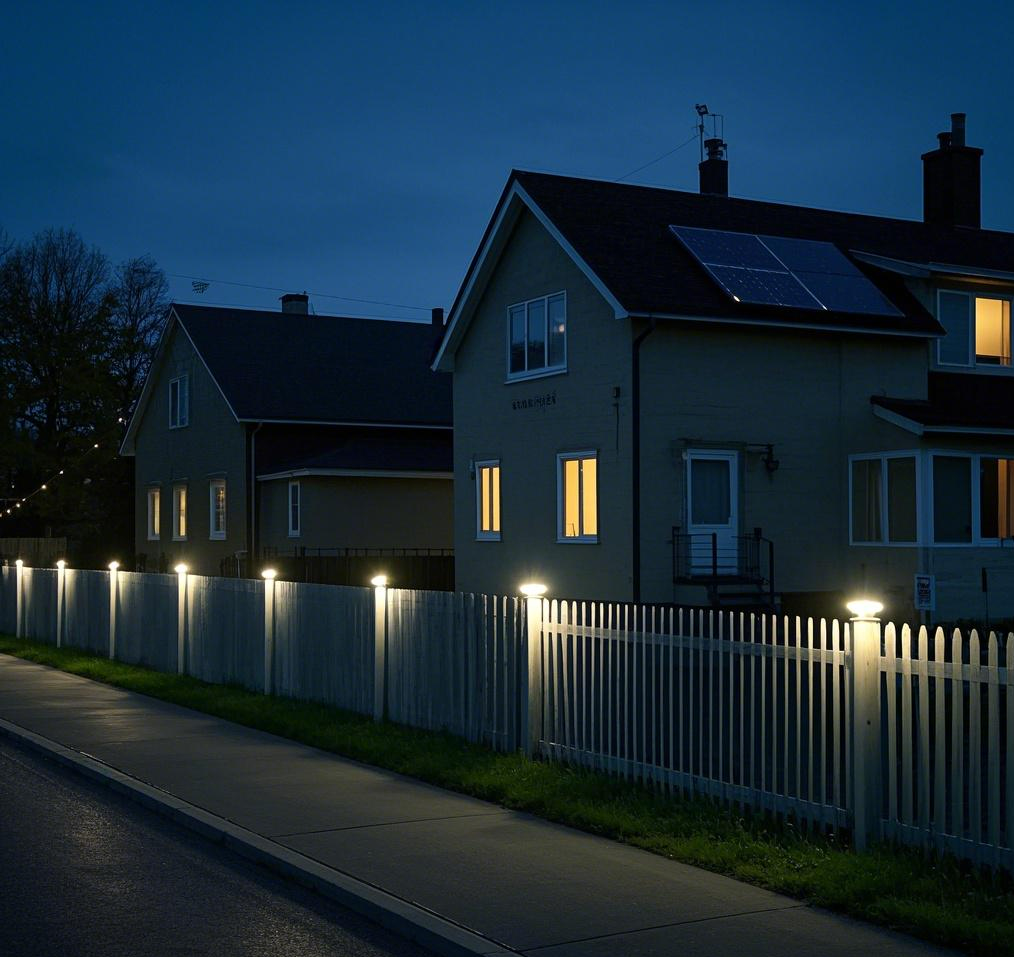
- Wi-Fi vs. Bluetooth: Wi-Fi models (50m range) suit large yards but need strong signals; Bluetooth (10m) is stabler for small spaces or rural homes with spotty internet.
- Common Fixes: App lag or disconnects? 90% resolve with a router reboot or firmware update, per TechRadar’s 2025 guide.
- Durability: Both smart and traditional solar lights are IP65-rated, surviving rain, snow, or desert heat for 10,000+ hours (Consumer Reports).
Misconception busted: smart doesn’t mean complex. A Florida homeowner shared on X, “My smart solar lights survived a hurricane—zero issues.” Smart solar matches traditional reliability while adding brains.
Who Should Embrace Smart Solar (and Who Should Stick to Traditional)?
Smart solar lights aren’t one-size-fits-all, but they’re a game-changer for specific crowds. Here’s who they suit, backed by real-world scenarios:
- Smart Home Enthusiasts: If you own an Alexa or Ring doorbell, smart solar lights sync seamlessly. A 2025 ADT survey found 65% of smart home users pair lights with motion alerts for security, like a Denver dad who programmed his Bitpott lights to flash if his Ring camera spots motion. Result? 20% fewer break-ins (FBI data).
- Campers and Outdoor Lovers: Portable smart solar, like Goal Zero’s app-controlled torch, lets you schedule tent lighting for midnight hikes. An REI poll showed 85% of campers prefer smart models for flexibility, especially in remote areas.
- Security Buffs: Link lights to cameras or alarms for peace of mind. A Chicago mom used smart solar to deter porch pirates, syncing lights to her Arlo system for instant alerts.
Traditional solar works for simple needs—like lighting a garden path for your grandparents—but lacks flair or integration. If you crave control, style, or security, smart solar’s your match. Worried about complexity? Start with a single light to test the waters.
The Future Is Bright—And Smart
Smart solar lights are more than a fad—they’re the future of outdoor living. With zero energy costs, durability matching traditional solar, and features like app control and AI sensors, they’re a no-brainer for tech enthusiasts, campers, and security hawks. The global smart lighting market is set to grow 15% annually through 2030 (Market Research Future), with 5G and AI paving the way for even smarter lights. Budget-conscious? A $30 Bluetooth model like Bitpott’s LiteGlow is a low-risk start. Want full smart home integration? Spend $50 on Wi-Fi models for seamless control. Not sure? Try one light for your patio. Your evenings will glow smarter, greener, and safer—start today.

-2-450x231.webp)
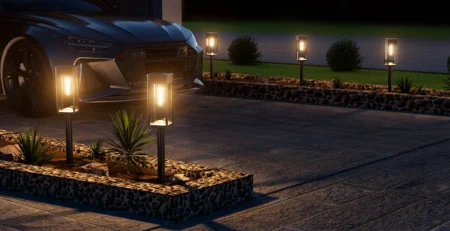
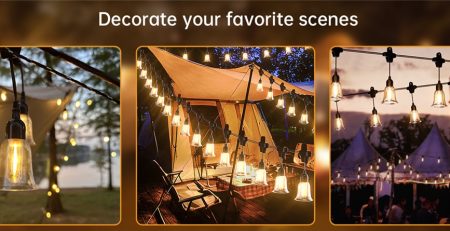
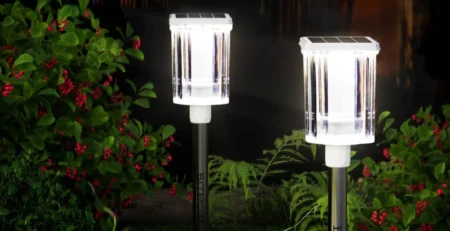
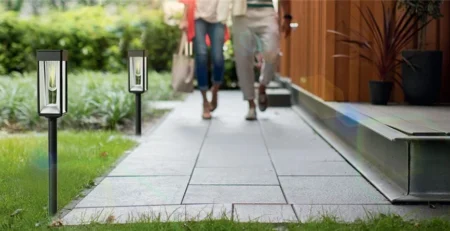
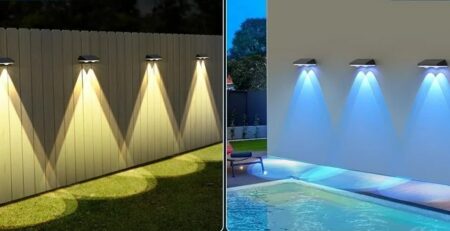

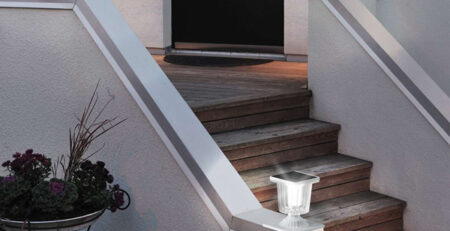
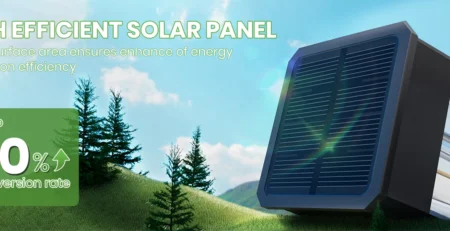
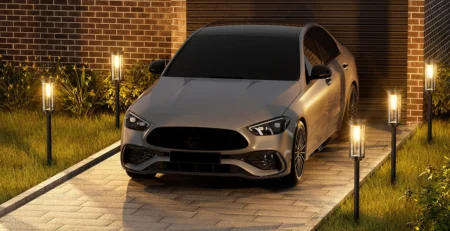
Leave a Reply